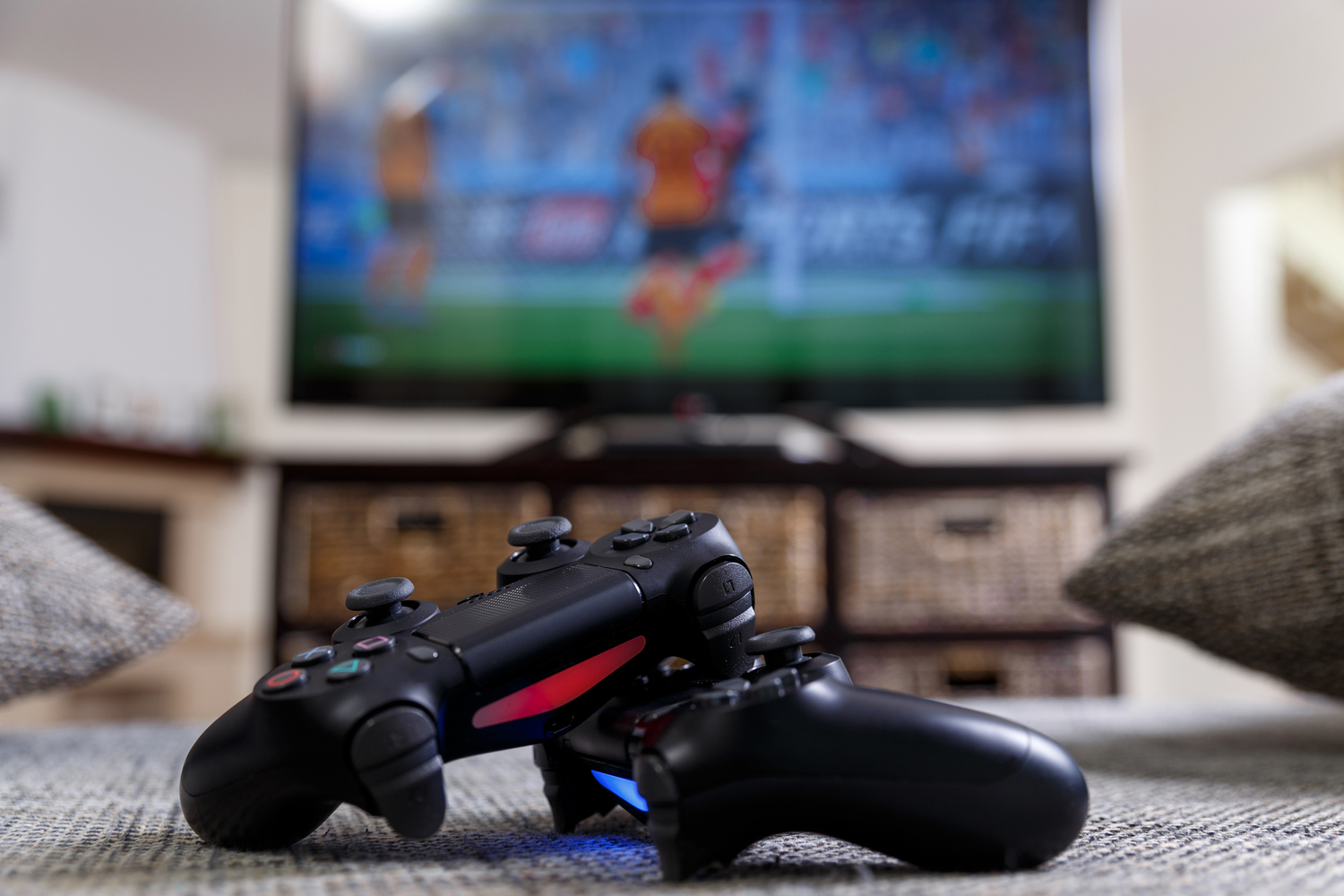
All you need to know about the next generation gaming consoles
Gaming consoles are here to stay. A few years ago these consoles were popular among the kids and teenagers, but an increasing number of adults in the workforce are taking to gaming as a result of high-level technological innovations in gaming consoles. 3D gaming consoles market is on the rise with the increased implementation of virtual reality (VR) and augmented reality (AR). Introduction of 3D VR headsets and 3D VR glasses has garnered interest in gaming consoles across the demography.
Gaming consoles are in their eight generation, which opened to the market with the release of Nintendo’s handheld gaming console. The Japanese company released Nintendo 3DS in February 2011. A couple of variants to 3DS family followed in the eighth generation keeping Nintendo in the top position in handheld gaming consoles. In the home consoles category, Nintendo released Wii U on November 18, 2012 followed by the releases of PlayStation 4 (PS4) on November 15, 2013 by Sony, and the Xbox One (XBO) on November 22, 2013 by Microsoft. In the following years, variants to these gaming consoles were released by the gaming giants. In the year 2016, Sony improvised the PS4 releasing PlayStation 4 pro. Microsoft followed suit by releasing Xbox One X in 2017. These gaming consoles rolled out with upgraded hardware supporting 4K resolution rendering.
Nintendo stepped into the next generation gaming consoles in March 2017 by replacing Wii U with Nintendo Switch with a completely new hardware platform. Nintendo Switch is a hybrid portable and home console, which sold more than the lifetime sales of Wii U within a few months. By December 2017, Switch became the fastest selling gaming console of all time in the country even though it lacked the 4K support capability. Oculus has launched its all-in-one VR gaming console, the “Oculus Quest”,
which turned out to be the competitor to Nintendo Switch. Sony and Microsoft are expected to announce the release of their next generation gaming consoles PS5 and Xbox Two very soon with more powerful hardware to take gaming to the next level.
Enhanced features of gaming consoles will drive the market. Consumers look forward to enhanced audio and visual experience for gaming. Manufacturers of the next generation gaming consoles will focus on multi-functionality. The electronic devices may be designed not only as gaming platforms but also as functional devices to play music, watch videos, and browse the Internet. Demand for gaming consoles is increasing and the affordability for hi-end display and TV sets is high with the rise in disposable incomes. The HD displays along with HDMI and wireless network compatibility have upped the expectations of the gamers in next-generation gaming consoles. National and international gaming events and gaming competitions like e-sports that are becoming popular by the day have spiked the market for gaming consoles and innovations in the gaming industry will go on. The key players in next-generation gaming consoles are Facebook Technologies, Microsoft, Nintendo, Sony Corporation, and Zhongshan Xiaobawang Leading Technology.



